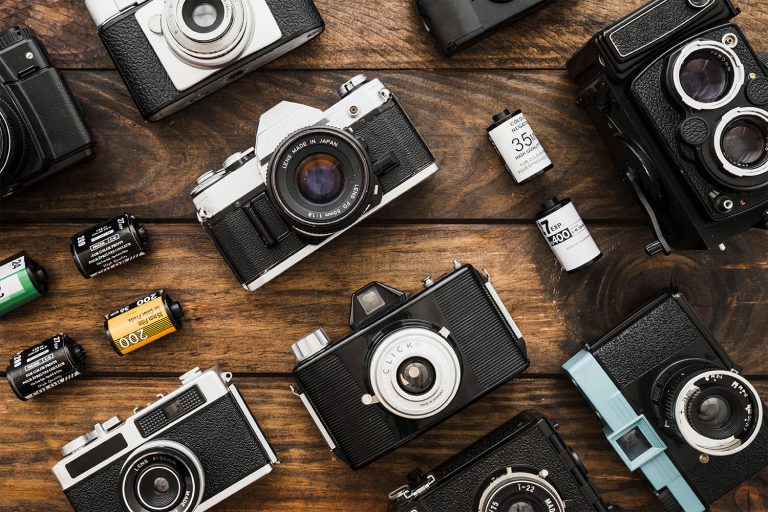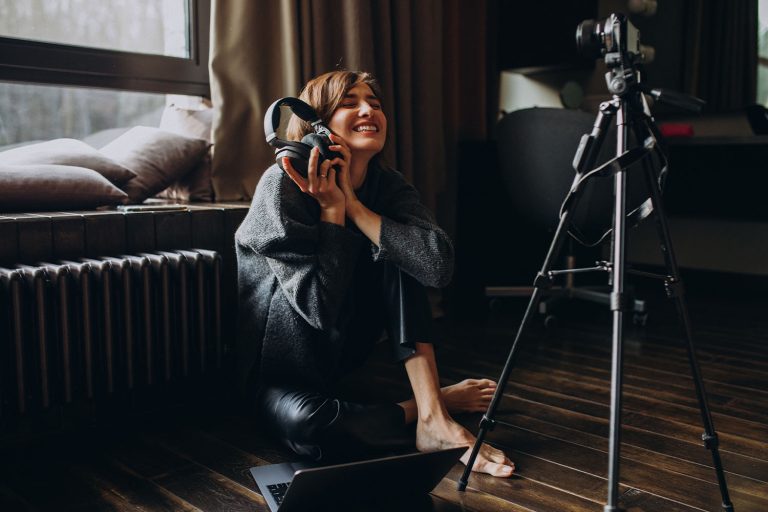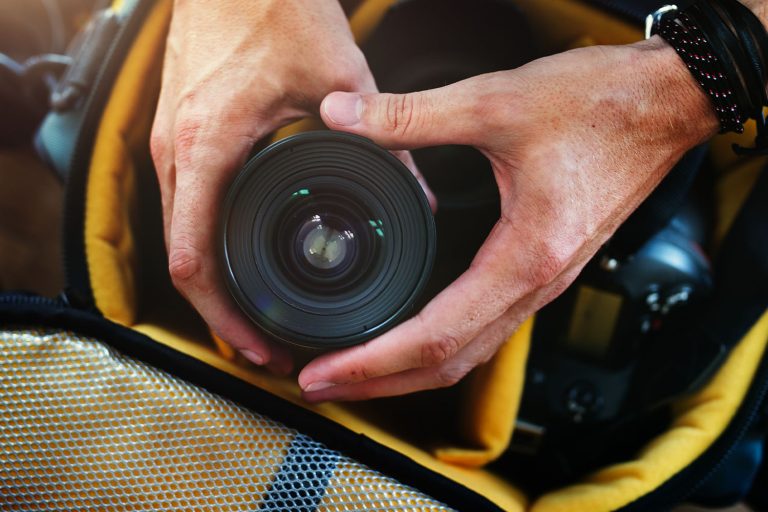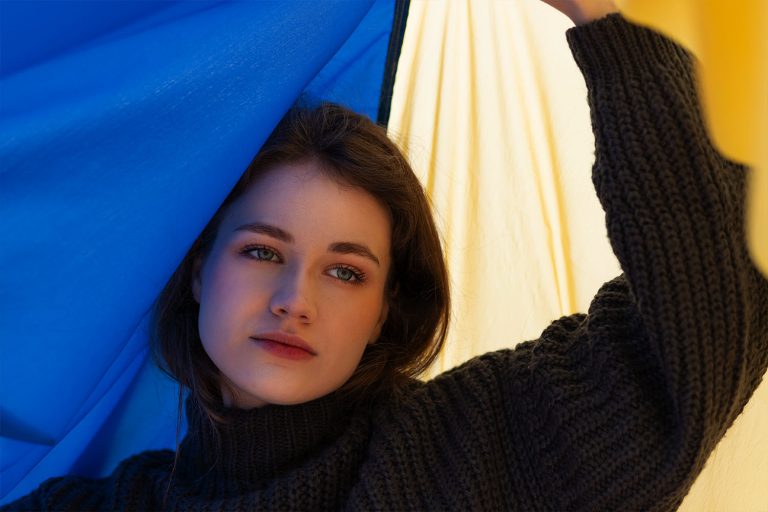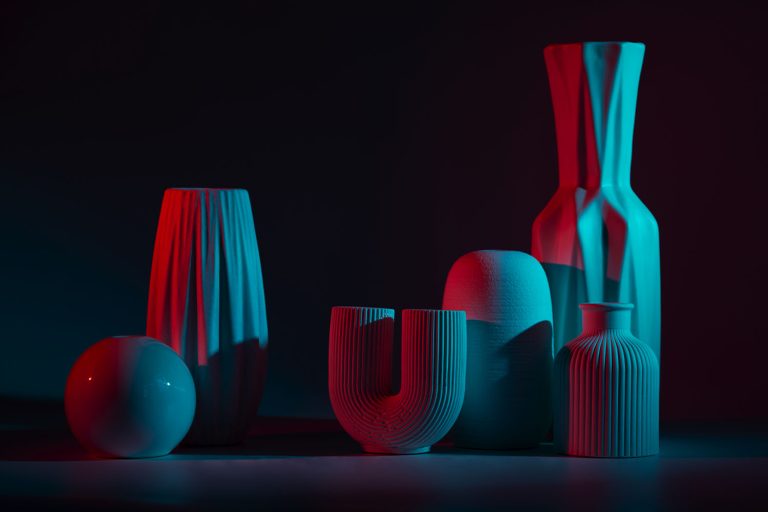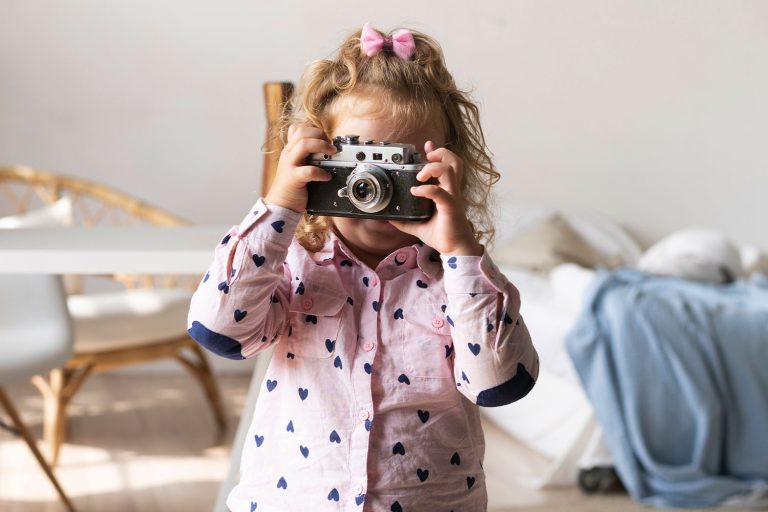Composition is the foundation of any successful photo. A well-built composition not only attracts the viewer’s attention
but also helps to convey emotions, mood, and the main idea of the photo. Even the perfect lighting or expensive
Contrasts and organization of elements in the frame
One of the easiest ways to draw attention to the main object is to use contrasts. If the object is light, choose a dark background, and vice versa – a light background is suitable for a dark object. This approach helps to highlight the main thing and make the photo more expressive. However, avoid colorful or chaotic backgrounds, especially when taking portraits, as they distract attention from the model. For example, for a portrait, it’s better to choose a monochromatic background or a natural background with soft color transitions.
The arrangement of objects in the frame should be thoughtful. A chaotic arrangement of elements creates a sense of disorder, so it’s better to organize them into a geometric shape – a triangle, circle, or line. If there are several objects in the frame, make sure they are in harmony in size, tone, and volume. For example, in a group portrait, people should be proportionally placed so that no one looks too dominant or lost. This approach creates a sense of unity and completeness.
Golden ratio: the rule of thirds
The golden ratio rule, known since the time of Euclid and popularized by Leonardo da Vinci, is one of the most powerful tools of composition. The idea is simple: the most attractive points for placing the main object are located at a distance of one third from the edges of the frame, both vertically and horizontally. Most modern cameras have a grid of thirds in the viewfinder, which helps you build a frame according to this principle.
For example, place the model’s eyes on the upper horizontal line of the thirds, rather than in the center of the frame – it looks more natural and attracts attention. Similarly, for landscapes, it is better to place the horizon on the lower or upper third, depending on what is more important – the sky or the ground. The diagonal arrangement of objects (from the upper left corner to the lower right) also works on the principle of the golden ratio, leading the viewer’s eye through the entire frame and creating dynamics.
The orientation of the frame also depends on the composition. Vertical objects (such as people or buildings) should be shot in vertical format, while landscapes or group scenes should be shot in horizontal format. This helps to maximize the space of the frame and emphasize the shape of the objects.
Shooting point and direction in the frame
The point of view affects the emotional perception of the photo. For a face portrait, the camera should be at the model’s eye level,
The wrong point of view can distort proportions. For example, shooting from the top down makes a person look smaller and
The direction in the frame is also important. As we are used to reading from left to right, it is better to place the central object on the right – this way the viewer’s eye will naturally move towards it. For moving objects (e.g., a car or a person), leave free space in the direction of movement – this creates a sense of dynamics and “entering” the frame rather than “leaving” it. For example, if a person is walking to the right, leave more space to their right.
Use of color and balance
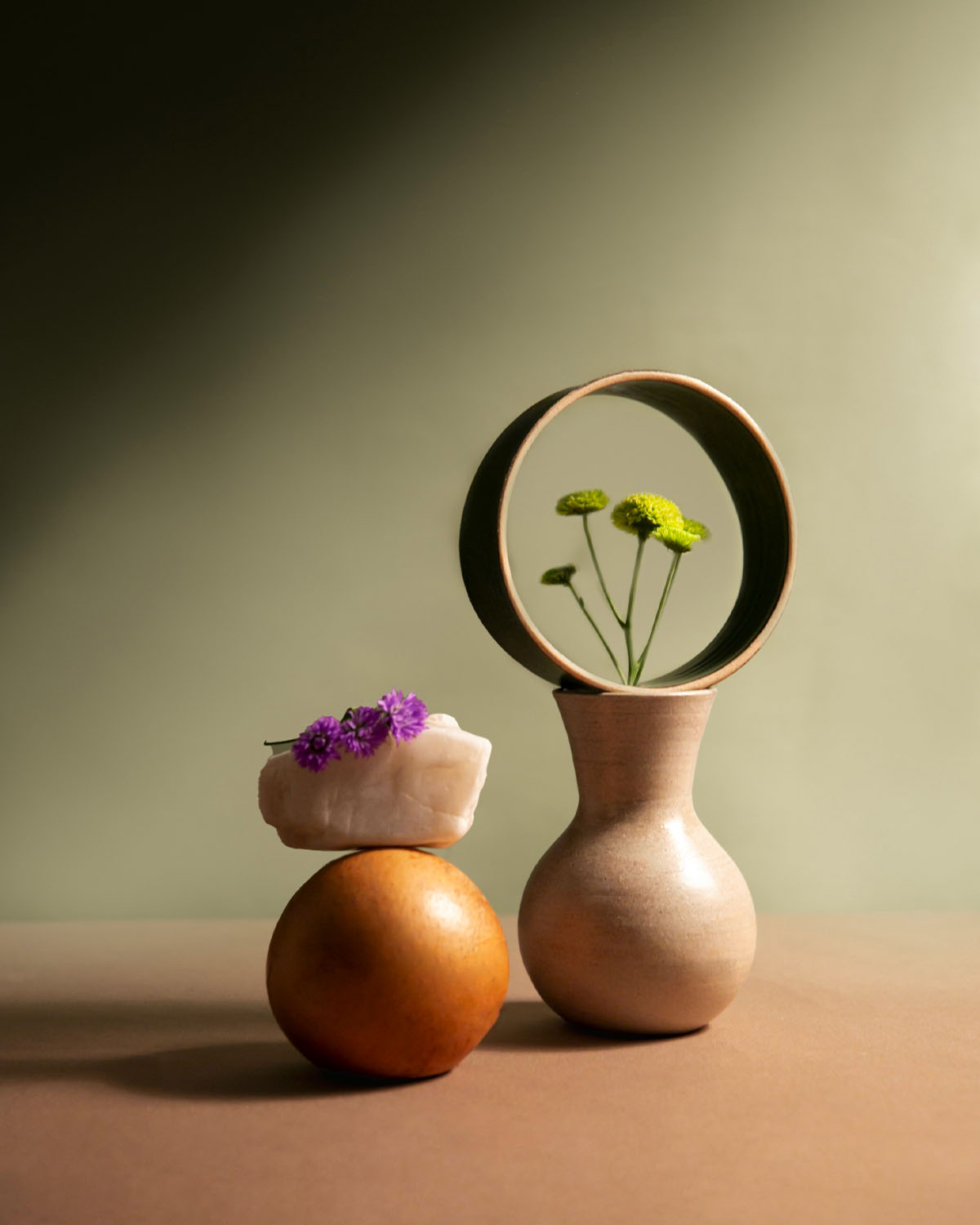
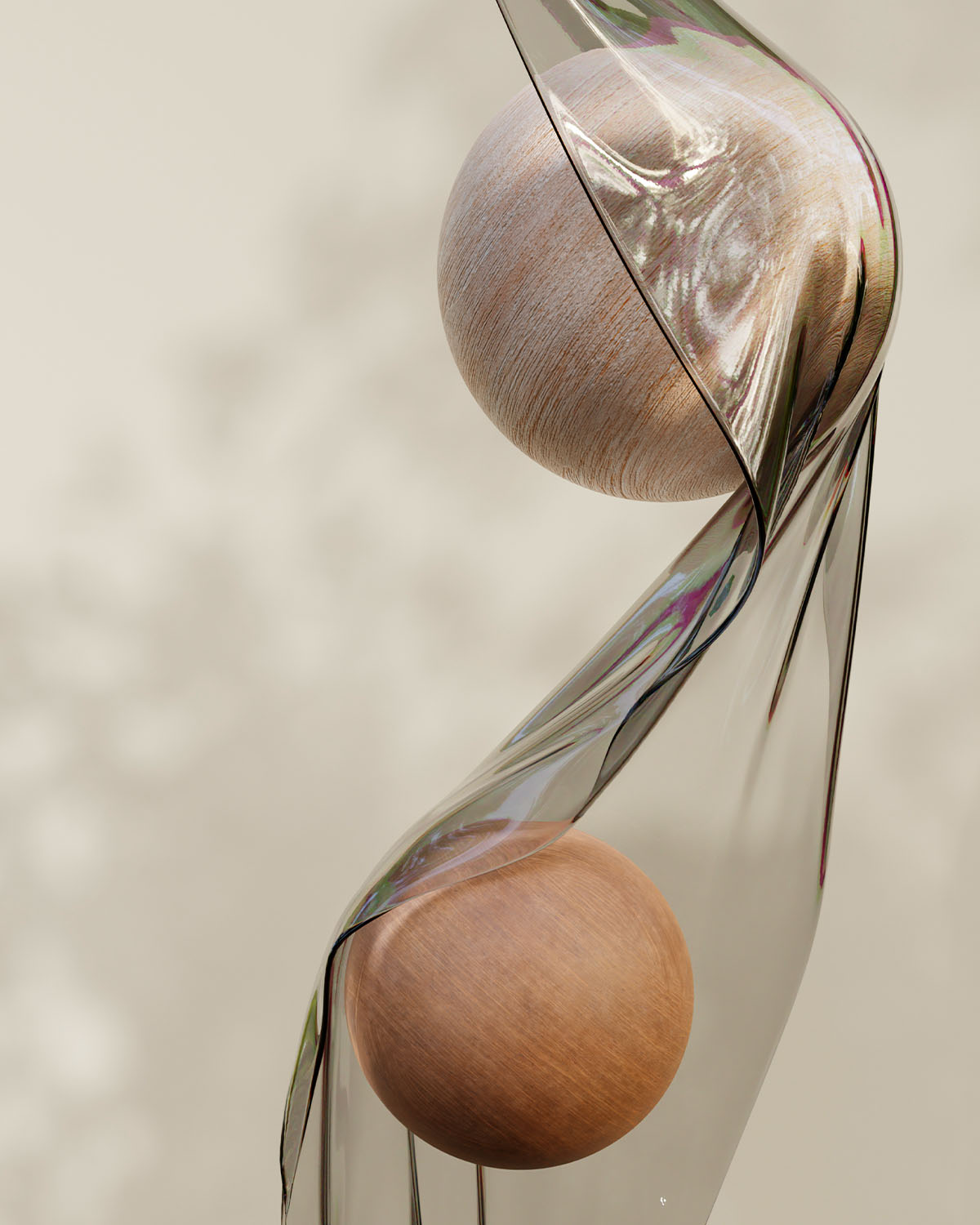
The color spots in the frame should be balanced. If there is a bright color on one side only, the photo will look incomplete. For example, if a model in a red dress is standing on the left, add a red accent on the right – it can be flowers, an accessory, or a background element. This balance creates integrity and harmony.
Color also helps to control attention. Warm colors (red, yellow) attract the eye more than cool colors (blue, green), so use them to highlight the main object. Avoid an excessive variety of colors – it can overload the frame. For example, in a portrait, it’s better to limit yourself to 2-3 primary colors that harmonize with each other.
Composition is not only about rules, but also about intuition. The golden ratio, contrasts, the right vantage point, and color balance are
